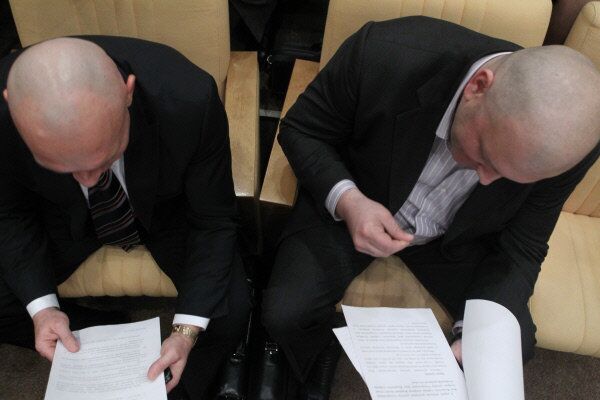WASHINGTON, October 22 (RIA Novosti) – US and British researchers say they have taken a significant step toward a potentially revolutionary remedy for baldness by regenerating human hair rather than simply transplanting it from one area of the scalp to another.
“This approach has the potential to transform the medical treatment of hair loss,” said Angela Christiano, a professor of dermatology and genetics at Columbia University in New York City said in a statement this week.
Christiano and a team of medical researchers from Columbia and Britain’s Durham University made the discovery after examining the ability of rodents to regenerate hair after having their dermal papillae – the skin cells that produce hair follicles – harvested and then transplanted back onto their skin.
The researchers surmised that the tendency of rodents’ papillae to spontaneously clump together enables them to reprogram the skin to grow hair.
Similar attempts on human subjects have proven fruitless, as the cells lose their ability to generate the hair follicles after transplantation. But the researchers saw hope in mimicking the clumping tendencies of the rodent cells.
“This suggested that if we cultured human papillae in such a way as to encourage them to aggregate the way rodent cells do spontaneously, it could create the conditions needed to induce hair growth in human skin,” study co-author Claire Higgins said in the statement.
Using dermal papillae from seven human donors, the researchers cloned the cells and transplanted them between layers of human skin that had been grafted onto the back of mice.
In five of the seven samples, new hair grew for six weeks, and DNA tests confirmed that the new follicles were human and matched the donors, the researchers said.
Before tests can be conducted on humans, researchers need to further examine among other issues exactly how the host cells and transplanted cells interact to generate the new hair, scientists working on the study said.
They added, however, that they are optimistic about a breakthrough that could benefit burn victims and others who suffer hair loss.
“Current hair-loss medications tend to slow the loss of hair follicles or potentially stimulate the growth of existing hairs, but they do not create new hair follicles,” Christiano said.
“Neither do conventional hair transplants, which relocate a set number of hairs from the back of the scalp to the front,” she added. “Our method, in contrast, has the potential to actually grow new follicles using a patient’s own cells.”




